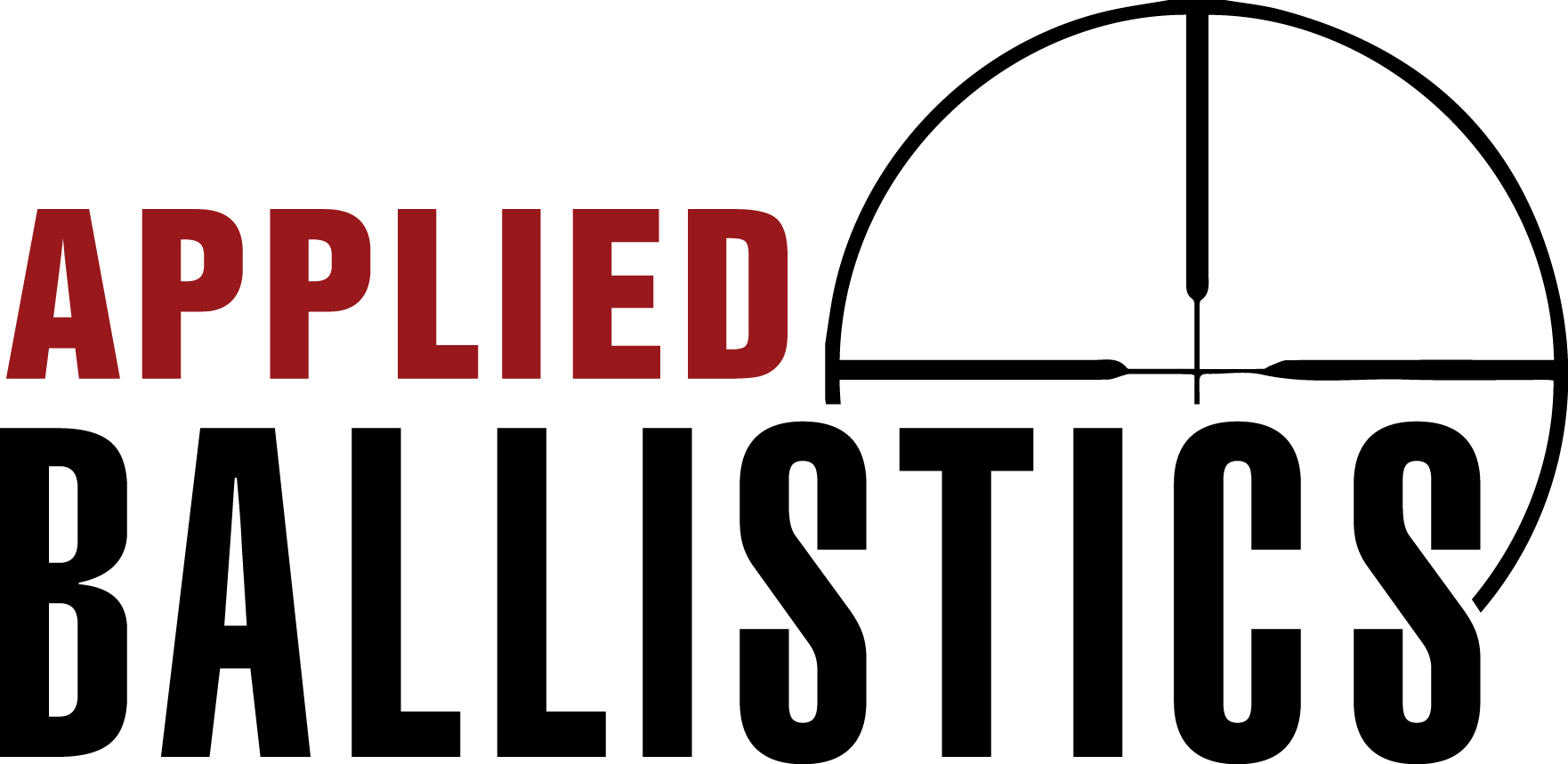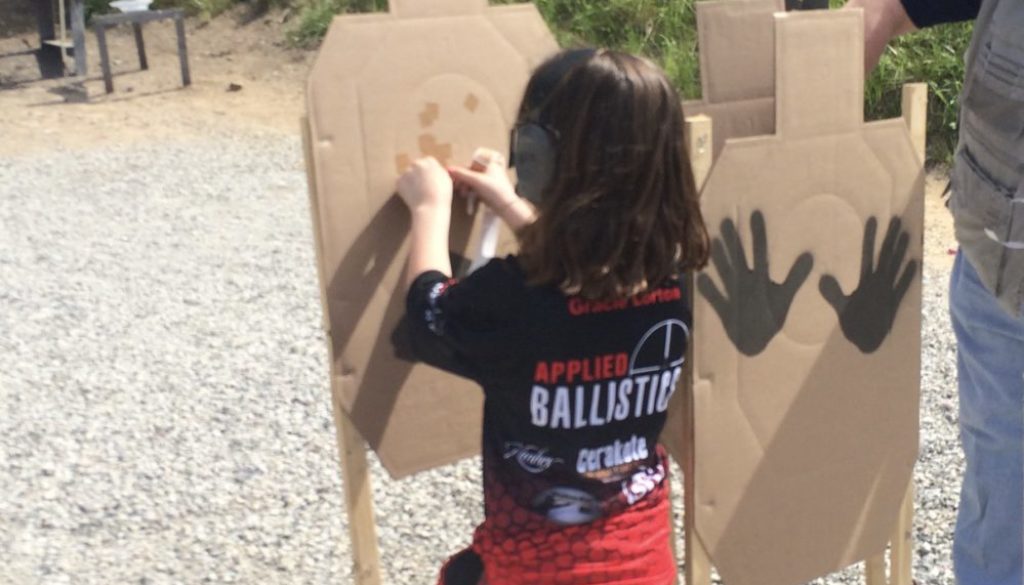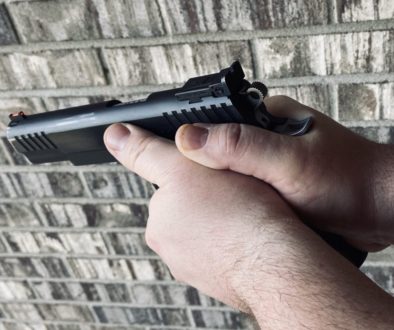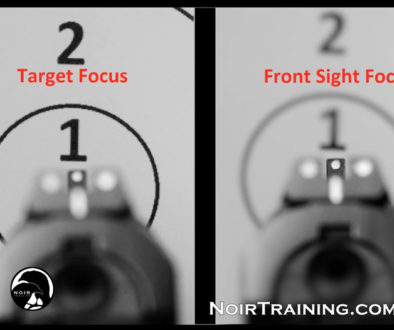Getting Started in Competitive Shooting – Part 3
Part 3 – Behavior
(If you missed Part 1 or Part 2 you can go back here and here)
So you have decided to give competitive shooting a try, you have your gear all lined up, and you’re ready to attend your first match. Now what?
As I have mentioned repeatedly, the number one concern for every shooter needs to be safety. The safety rules for the sanctioning bodies we have mentioned thus far are all essentially the same, though each individual range may have some of their own rules. We will cover the basic expectations that will allow you to show up at any match without breaking rules or making those around you feel unsafe. From there you can ask about range specific rules if necessary before you start shooting.
The first thing you need to know is that these matches are universally run as cold ranges. While the range you are using may not always be a cold range, it will be on match day. What that means is that no firearms can be loaded unless the shooter is on the firing line under the direction of a range officer and is told to load and make ready for their stage. Don’t show up at the range with a loaded gun on your belt, don’t take a loaded gun off your belt in the parking lot to clear it, and don’t put a loaded gun on your belt before leaving the range property. Guns must be unloaded at all times while at a match, period. If at any point you have a firearm under your control that is found to be loaded when you are not shooting a stage you will be disqualified from the match.
Do not handle a firearm, at all, unless on the firing line under the direction of a Range Officer (RO) or at a designated safe area. The safe areas will be well marked and they will be pointed out to you during the shooters meeting before the match. Safe areas will typically be tables with some sort of backstop. If you handle a firearm at the safe table you are expected to keep the muzzle pointed at the backstop. You are allowed to unbag (simply remove a handgun from a bag or case to put it in a holster) or to address an equipment problem at the safe area with one important caveat, you cannot handle ammunition at the safe area. I recommend not even taking ammo with you to the safe area but you absolutely cannot handle loose ammo or magazines loaded with ammo while at the safe area. Doing so will get you disqualified from the match.
Taking a gun out of your holster or out of a case when not at the firing line under the direction of a Range Officer or at the safe area will get you disqualified from a match. If you should happen to have a holster malfunction and your gun falls to the ground from your holster don’t touch it. Notify a Range Officer and they will recover the firearm, clear it, and return it to you. If you pick it up, you are handling it when not permitted and will be disqualified. If your pistol falls from the holster during a stage while loaded, it is a disqualification from the match.
I should note that long guns (rifles and shotguns) are a little different than handguns. Some ranges will allow you to handle them outside the direction of an RO long enough for you to fetch them from a rack or cart before a stage and to return them to the rack or cart after a stage. This can be somewhat range and discipline specific so make sure you know the rules before you handle a long gun in this manner. Long guns will be required to have a chamber flag, also known as an ECI (Empty Chamber Indicator), installed so that the gun is clear and that is visible to other people in the area. You also cannot point the muzzle of a long gun, regardless of whether an ECI is installed, at another person or yourself.
Matches will generally operate with a 180 degree rule. What that means is that while shooting a stage (as in, you’re the shooter and the buzzer has gone off telling you it is time to actually shoot) you cannot break 180 degrees with the muzzle. It can point directly to your right, and directly to your left, or anywhere in between to the downrange side, but if you break that 180 degree plain you are disqualified from the match. While this sounds like an easy rule to follow it actually winds up being the one most likely to cause a disqualification. Many seasoned competitive shooters have found themselves disqualified over breaking the 180 rule inadvertently. It is most often an issue when a right handed shooter is moving to their left while reloading, or vice versa for a left handed shooter. Typically, especially with new shooters, Range Officers will point out during a stage brief (more on this later) where it is important to watch for this error.
Don’t point the muzzle of your firearm at anyone, including yourself. If you inadvertently point your muzzle at your own leg during a stage, for example, you will be disqualified from the match.
Don’t fire a round when you are not actively in the process of shooting a stage. This can happen while loading or unloading and if it does, it results in a disqualification. Don’t fire a round over the berm. If you fire a round while your gun is pointed upward and the round leaves the range, this will result in a disqualification.
Violations of the rules listed so far all result in an automatic disqualification. While this may sound overly harsh, this is why matches are such safe environments. There is no room for error and the consequences for sloppy safety practices are severe. In short: come with an unloaded gun, don’t handle your gun unless directed by an RO or while at a safe table, keep your muzzle pointed down range and don’t point it at anyone or yourself while handling your gun on the firing line, don’t fire your gun unless you are actively engaging targets during a stage, and don’t fire any rounds that leave the shooting area.
Another rule that may result in a warning or a disqualification, depending on the range and sanctioning body, is you must have your finger off the trigger while moving and/or reloading. Having your finger on the trigger while moving or reloading is a common cause for firing a round out of the shooting area and is not an acceptable practice. This is most likely to happen if you are trying to go too fast for your skill level. Remember, forget about speed when you are starting out (refer to Part 1).
So you’ve shown up to the match unloaded, you haven’t touched the pistol in your holster at all yet, you’ve watched 9 other people shoot the first stage and now it is your turn. You will already have heard a stage briefing. The stage briefing is when your squad (group of shooters) first arrives at a stage and the RO reads the stage description and answers any questions people may have about the stage itself. You’ve watched others shoot it so you should have a pretty good idea of where to go and what you’re supposed to do. When the RO tells to you step up you will walk to wherever is appropriate based on the stage and wait for the RO to give you the “load and make ready” command. Once you’ve received this command you can take your handgun out of its holster and load it. You cannot handle your gun until you receive this command.
What happens after you load depends on the specific stage but most of the time the gun will return to the holster. Some stages will have the gun on a table, for example, but the majority begin with a holstered and loaded handgun. It should go without saying but if the stage begins with the shooter facing uprange (away from the berm and targets) you should load it while facing downrange and holster before turning around.
The next thing the RO will say is, “are you ready?” If you are not ready, verbalize that you are not ready. The RO will give you more time. If you are ready you can nod, you can say “ready”, or you can do nothing. The next thing will be when the RO hits the button on the timer and you hear a beep or buzzer. When the buzzer goes off, indicating the start of your stage, you may begin. If you are facing uprange you must turn downrange before drawing your handgun. If you start facing downrange you simply draw at the buzzer.
Ok, the buzzer went off and you took your gun out, now what? Take your time and shoot through the stage as best you can. You may miss targets, you may hit no shoots (targets that have penalties attached if you shoot them), you may reload in a manner that gets penalties assessed, you may shoot with your foot outside of the shooting area, you might forget some targets all together, etc. Yes, these things will make your score disappointing, but nobody cares. Just do it safely. There are lots of rules about how you shoot a stage and they are different with each sanctioning body. You won’t know them all starting out and you will likely learn many when your RO tells you after the stage is over why you received penalties. If violations are not safety related, it hurts nothing but the number on a piece of paper (or iPhone screen) that you will look at hours later after the match. It really doesn’t matter until you progress to the point where you are actually competing with people rather than just learning the sport. Score doesn’t matter at all starting out, so don’t let early penalties bother you.
When you are done shooting you will hear the RO say, “if finished, unload and show clear.” At this point, assuming you are done shooting (you decide when you’re done, not the RO), you can remove your magazine and open the action to clear the chamber. When you pull the slide back, hold it there and let the RO see that the chamber is empty. The RO will say, “I see clear, slide forward and hammer down.” At this point, let the slide go forward and with the gun pointed at the berm, pull the trigger to drop the hammer or striker on an empty chamber. This is the final check to make certain that the gun is empty. If it goes bang, you get disqualified. None of this is on the timer so don’t rush, go through these actions slowly. Once the hammer has fallen on the empty chamber you will be told to holster. You simply holster your gun, without pointing it at yourself or the RO, and you are done with the stage. Once the gun is safely in the holster the RO will call the range safe.
I know this all sounds very complicated but it really isn’t. You’ll get to see several other shooters do all of this before it is your turn to go. Mainly just remember that you don’t do anything until told you can do it and you’ll be fine. Just take it slow. Trying to go fast early leads to mistakes and sometimes they are mistakes that can get you disqualified or worse.
If you do get disqualified, don’t let it get you down too much. Yes, it means you made a mistake and it was likely a serious one. Still, I’ve seen many veteran shooters get disqualified at matches. We are all human. You won’t be black listed, you are welcome to shoot another match, you just can’t shoot any more that day. Every shooter I’ve seen disqualified handled it gracefully. They didn’t argue with the RO, they accepted their consequence, and they moved on to come back and shoot another day. It isn’t the end of the world but if you’ve never been to a match before it can feel like it.
Now that we’ve covered some of the basic procedures let’s talk about etiquette. Each different sanctioning body will have its own quirks but generally speaking there will be some expected behavior that is universal.
You will have to reset or past targets after each shooter. By paste I mean place small stickers the color of the targets over the holes left by the last shooter. Everyone needs to be pasting if they are not doing something else. If you are “on deck” (the next shooter) you are exempt. If you just shot and are reloading magazines you are exempt. If you are running the scoring device or you are the RO you are exempt. If one of these conditions doesn’t apply, you need to be Johnny-on-the-spot ready to paste or reset targets after each shooter. Everyone working together keeps the match moving smoothly. One word about this, don’t move downrange until the RO calls the range safe. Going ahead of the shooter before the range is declared safe is extremely dangerous and may result in disqualification. Also, don’t paste targets until the RO has scored them. While you won’t get disqualified, you will annoy people if you paste targets before they are scored. This usually means the shooter has to shoot again and it slows everything down. Take your cues here from others that have done this before, they will steer you in the right direction.
A word about brass. If you reload you will probably want to pick up brass. As long as the range allows it (some don’t) and you can do it without interfering with the flow of the match or shirking your pasting and resetting responsibilities you can pick up brass. Some matches you will have to wait until everyone is done and the stages are torn down before you can pick up brass. Whatever the rules are for the range and match you are attending, follow them.
After the match competitors are expected to help tear down. This sport is almost all volunteer and taking down the stages is much easier if everyone helps out. Normally you will be responsible for taking down the last stage you shoot. If each squad does this the entire match is taken down with minimal time and effort. Again, follow the lead of experienced shooters here. Watch what they do and ask if you aren’t sure.
As a final note, ask questions. You won’t know much your first time out. That is normal and expected of new shooters. People are happy to help out and fill you in on the details. If you have a question about safety, or about the rules, or about etiquette, ask someone.
Now, get out there and try out some shooting sports! You won’t be sorry that you did, they are tremendous fun and a great way to seriously improve you shooting. Nothing else even comes close.
Aaron




July 28, 2017 @ 12:45 am
My son shared this with me as I am considering competition. He has explained most of this but knows I am nervous. This is excellent advice and written very well. Thank you so much!